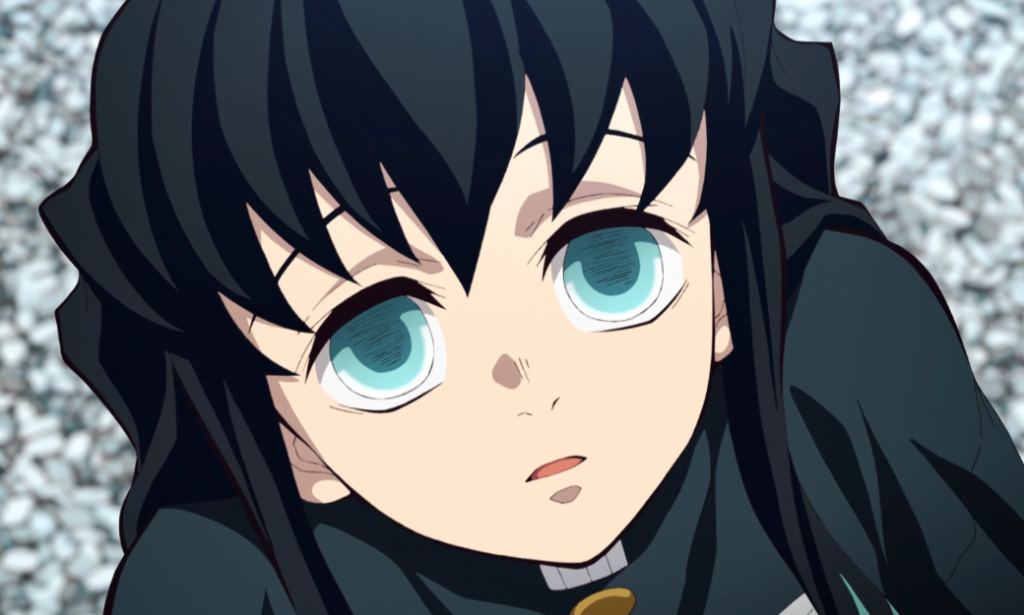To casual observers, Muichiro Tokito drifts through the Demon Slayer Corps like a wisp of morning fog—quiet, aloof, and almost impossibly young for someone who carries the honorific of Hashira. Yet after that hushed demeanor, the Mist Hashira represses a fighting psyche as sharp as the Nichiren dagger he exerts. This article off-loads the coatings of Muichiro’s battle philosophy, delineating the way scattered rememberings, crystalline focus, and the irregular geometry of Mist Breathing coalesce into one of the numerous unblemished warfare doctrines in Kimetsu no Yaiba. Though he articulates negligibly, Muichiro’s actions organize a theme on how stillness can become the warm-up to devastating velocity, how deception can act in explicit sight, and how a fencer barely in his mid-teens bends the flow of partaken bogeys to his willpower.
Table of Contents
From Clouded Memories to Clarity: The Making of a Prodigy
Muichiro’s amnesia is not merely a narrative garnish; it is the crucible that shapes his unorthodox style. Stripped of most emotional anchors after the trauma of losing his twin brother, the young slayer’s mind operates in a perpetual now. Without a backlog of fear or hesitation, Muichiro reacts to stimuli with the clean efficiency of a neural reflex. Veteran sworders might spend a split second recalling past forms; Muichiro’s blank slate executes them as naturally as breathing. In battle, this translates to an eerie calm: pupils dilated just enough for maximal light intake, shoulders perpetually relaxed, and breaths measured to the beat of an internal metronome that seldom deviates. Instead of hindering him, the absence of memory becomes an engine of present-moment mastery—an almost Zen state in which the sword moves first and conscious thought follows, if it follows at all.
Mist Breathing Unveiled: Anatomy of a Deceptive Style
Every Breathing Style in Demon Slayer carries a hidden manifesto. Mist Breathing, derived from Wind but refined into something subtler, revolves around misdirection. Where Wind is loud and expansive, Mist is quiet and constricting; it narrows the enemy’s perceptual field and suffocates predictive ability. Muichiro’s seven canonical forms exploit depth cues and line-of-sight tricks more familiar to stage magicians than samurai, turning the battlefield into a hall of ephemeral mirrors.
- First Form—Low Clouds, Distant Haze unleashes a rapid thrust whose delayed visual impression makes it seem slower than its true velocity, baiting demons into parrying too late.
- Second Form—Eight-Layered Mist sends multiple slashes across the opponent’s plane of motion in a stacked sequence, creating the illusion that strikes originate from different directions.
- Seventh Form—Obscuring Clouds, Muichiro’s masterpiece, toggles between burst acceleration and sudden deceleration. The eye tracks a blur coasting at medium speed while the real cut lands at point-blank range, as though the sword stepped out of thin air.
These forms rely less on raw muscle than on ocular sabotage. By engineering ambiguity, Muichiro short-circuits the enemy’s decision-making loop, leaving them functionally paralyzed a fraction of a second longer than they can afford.

The Calculus of Calm: How Muichiro Reads the Field
Muichiro’s placidity is tactical, not temperamental. He cultivates a heart rate barely above resting, conserving oxygen for the sprint-stop rhythm Mist Breathing demands. From that physiological baseline he runs a constant audit of the engagement zone—vector analysis, breath economy, light contrast, and predictive latency.
- Vector Surveillance – Before committing, he parses the demon’s limb trajectories, jaw alignment, and pivot foot to forecast strike cones in three-dimensional space.
- Breath Economy – Inhaling through the diaphragm, Muichiro banks oxygen for the anaerobic spikes required to vanish and reappear within Obscuring Clouds.
- Reflective Framing: He positions himself so that architectural or natural backdrops create contrast halos around the demon, enlarging micro-movements others might miss.
- Latency Mapping – Internal rehearsal of counter-forms pre-compiles motor code, shrinking neural lag when real steel meets flesh.
What looks like detached daydreaming is actually systems analysis running at combat speed, executed with so little surface tension that onlookers misread serenity as apathy.
Adaptation in the Fog: Case Studies of Muichiro’s Fights
Vs. Upper Rank Five—Gyokko
Trapped inside Gyokko’s watery menagerie, Muichiro demonstrates how Mist Breathing adapts when visibility gimmicks backfire. Water refracts light, threatening to nullify his optical feints. In response, he shifts deception from visual to kinetic: the Sixth Form—Lunar Dispersing Mist—creates cavitation bubbles that burst in Gyokko’s line of sight, masking Muichiro’s true vector. By altering where the misdirection occurs, he shows that Mist Breathing is a toolkit, not a script.
Vs. Upper Rank One—Kokushibo
Against a sword that also wields Breathing techniques, Muichiro alters tempo rather than trajectory. Kokushibo can read form signatures, so the Mist Hashira injects irregular rhythm—micro-stutters that break the “music” of predictable katas. Invariant in drubbing, his saber quests Kokushibo’s flank, ascertaining that unpredictability, not brute solidity, sits at the crux of the canon. The friction also scintillates Muichiro’s inspirational thaw: rediscovered rememberings braid strategic vexation into his onetime clinical ilk, offering per strike a revived earnest.
Limitations, Casualties, and Sermons: Growth Beyond the Rapier
Muichiro’s brainiac does not provoke him indomitable. A more diminutive frame confines muscle abundance, diminishing the margin for error against nightmares that can tank sub-optimal lacerations. At the same time, Mist Breathing’s tumultuous flurries drain glycogen and risk lactic saturation in prolonged duels. Narrative hints suggest the next evolution of his art may interest synchronizing misdirection with backers—imagine Mist maneuvers that funnel foes into Zenitsu’s thunderclaps or Giyu’s tidal tides, hingeing lone subtlety into unified checkmate.
Deduction: The Quiet Geometry of Triumph
In the star-studded ledger of Demon Slayer, Muichiro Tokito assimilates a paradox: ultimate lethality with the lowest presence. By decrypting recollection mislaying into amplified present-moment grasp, he squeezes cognition into an edge as thin as the Mist he costs. His techniques teach that triumph often belongs to the combatant who can erase noise—both outward mess and interior chatter—until only the next required cut remains. For pupils of martial chronology, Muichiro proves that calm is not the contrary of force; it is the silent sculptor that shapes force into a blade keen adequately to part destiny.
Frequently Asked Questions
Q1: Why is Muichiro called the Mist Hashira?
Within the Demon Slayer Corps, each Hashira embodies a Breathing Style tied to an element. Muichiro’s Mist Breathing focuses on concealment and ambiguity, traits metaphorically linked to natural Mist. The title honors both his technique and his role as its highest practitioner.
Q2: How old is Muichiro when he becomes a Hashira?
He attains the rank at just 14, the youngest of his cohort, underscoring a blend of prodigious talent and the Corps’ dire need for exceptional fighters.
Q3: What makes Muichiro’s Seventh Form—Obscuring Clouds—unique?
The technique manipulates alternating bursts of speed to create after-images, tricking opponents into tracking a phantom while Muichiro closes distance invisibly. It functions less as a strike and more as a mobile cloak, enabling attacks from blind spots.
Q4: Does Muichiro ever recover his memories?
Yes. During the Infinity Castle arc, intense trauma and revelations about his family trigger a flood of suppressed memories. The emotional return adds strategic anger to his formerly clinical style, subtly altering his approach to combat.
Q5: Can Mist Breathing concepts be used in real-world sword practice?
While the supernatural feats are fictional, Mist Breathing’s emphasis on angle change, feinting, and tempo disruption parallels real fencing principles like displacement and rhythm breaking. Practitioners of kendo or HEMA can adapt those ideas—minus the demon decapitations—for legitimate competitive advantage.

